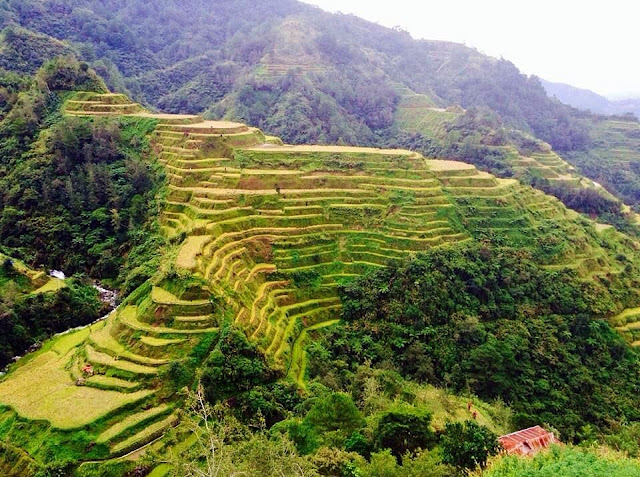Anchorage, Alaska: Into the Wild
Shortly after pulling off the Seward Highway, we spotted a strange-looking beast with big horns, and seemingly covered in a heavy dark brown fur coat made of twisted hair. It looked like a cross between a bison and a buffalo. We got out of the car and walked to see the animal up-close. It was a Musk Ox. Two more with long whooshing ropey strips of hair hanging to the ground joined in to greet us.
As I mentioned in my post about our road trip to Seward, I surprised my relatives when I made a sharp right turn to visit the Alaska Wildlife Conservation Center (AWCC) - a nonprofit organization dedicated to preserving Alaska’s wildlife through conservation and quality animal care. Earlier that day I watched the Anchorage Visitor Channel that mainly discussed the Wood Bison restoration project. According to the Anchorage Visitor Channel, the AWCC takes in injured and orphaned animals year-round and provides spacious enclosures and quality animal care. After rehabilitation, the animals are released into the wild.
After paying the $35.00 vehicle entrance fee, we were free to drive and walk around the area. Although the animals were fenced in, it did not feel like we were in a zoo because we had to drive through a great expanse of land with snow-capped mountain ranges in the backdrop. We walked across the Musk Ox area to see the moose and the reindeer up-close. They seemed to pose for photographers. The passengers from a tourist van and two cars ahead of us just got out of their vehicle with cameras in hand. We all snapped away at the animals that looked up and just stared at us, unmoving. Then, as if on cue, they tore off and went back to grazing.

We went back to the car and drove up to the next stop, the bear area. "DANGEROUS ANIMALS! Do Not Cross Barrier," a sign pointed out. Walking down a little, we got on the boarded platform to see a pooping black bear. Soon after, I saw a truck pulled out. Two young women in a ranger uniform unloaded some crates of fruits. We gathered in front of the high-wire fence to see the feeding of the brown bears. At that moment, I felt as if I were in a zoo as I listened to the naturalist talked about the 'Bear Essentials' while she threw apples and oranges to feed the brown bears. She then explained that most animals are released into the wild after being rehabilitated, except for the bears. The bears have a very low survival rate once released into the wild, so they are given a permanent home at the AWCC.
I drove heading towards what seemed to be the end of the road when I spotted a couple of Wood Bison grazing. They looked shy, and walked slowly towards the puddle or the small lake. Dozens of white and black birds in search of food and drink descended on the surface of the water to join the bison. A few distance later, we saw a hundred more bison grazing under the fabulous view in the peace of that mountain-cool afternoon. A flock of jet-black birds circling above. I expected to see a few bison, but nothing could have prepared me for the sight of wild animals in their habitat. I did not bother to take photos at that point; I just stood in silence and took in the views.
PHOTO GALLERY:
NOTE: Photos by the author and Theo Sia
For additional info click on http://www.alaskawildlife.org/






Comments
Post a Comment